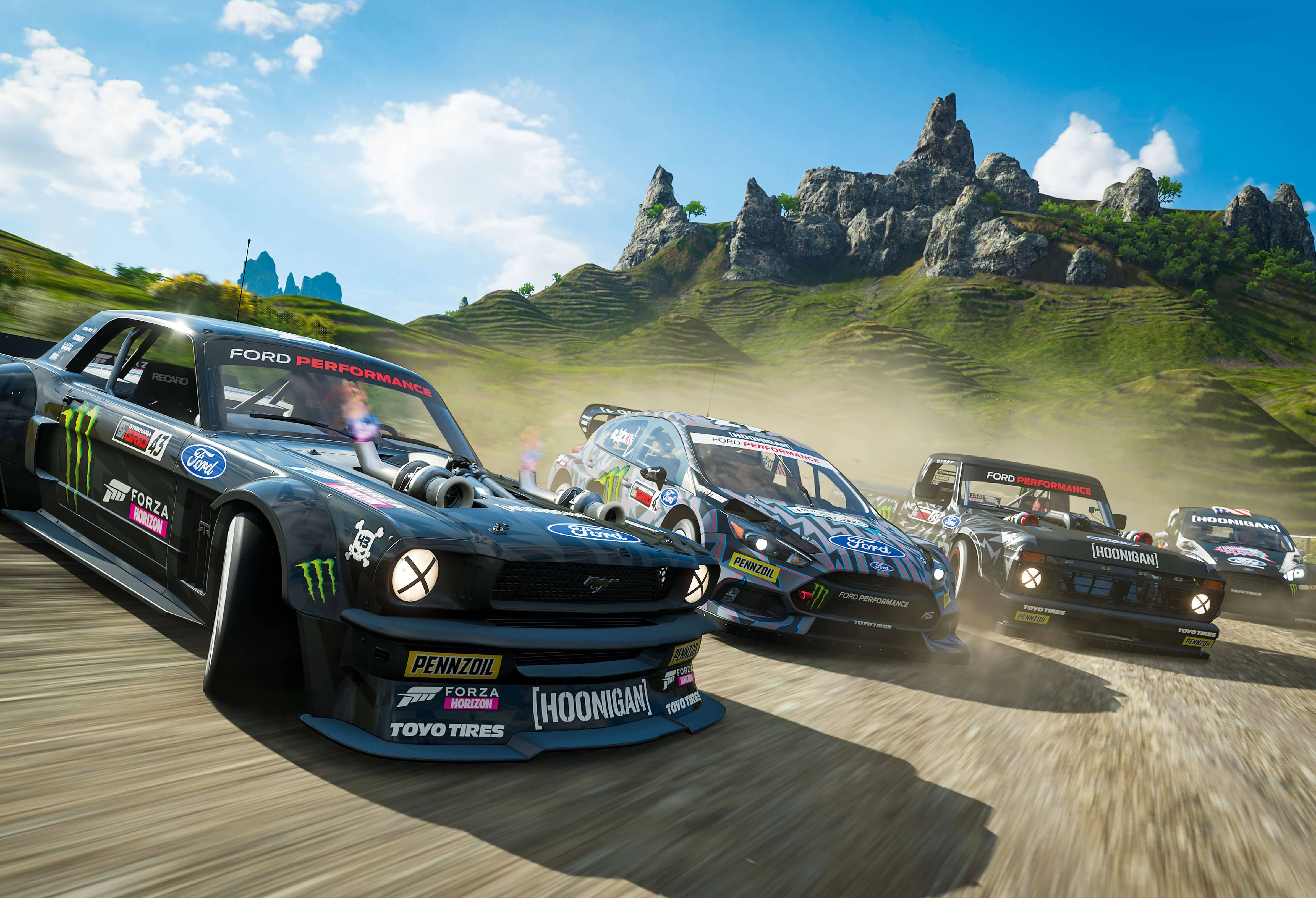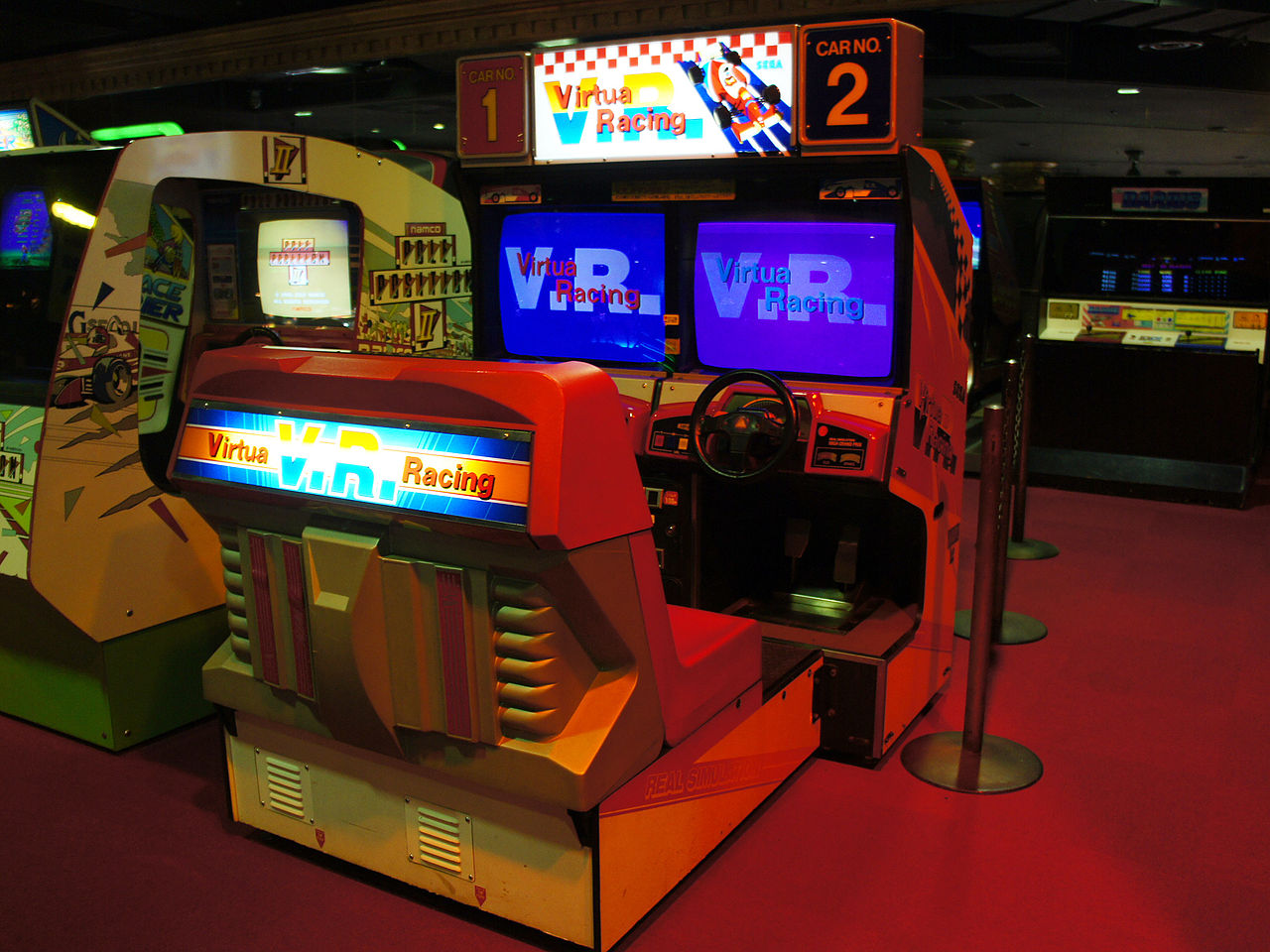The Evolution Of Speed: A Deep Dive Into Online Racing Games
The Evolution of Speed: A Deep Dive into Online Racing Games
Related Articles: The Evolution of Speed: A Deep Dive into Online Racing Games
Introduction
In this auspicious occasion, we are delighted to delve into the intriguing topic related to The Evolution of Speed: A Deep Dive into Online Racing Games. Let’s weave interesting information and offer fresh perspectives to the readers.
Table of Content
The Evolution of Speed: A Deep Dive into Online Racing Games

The roar of engines, the blur of speed, the thrill of victory – these are the hallmarks of racing, a pastime that has captivated audiences for centuries. With the advent of the internet, this adrenaline-fueled pursuit transcended physical limitations, evolving into a dynamic and engaging digital experience. Online racing games have become a global phenomenon, offering a virtual platform for competition, community, and entertainment.
A Historical Perspective: From Pixels to Polygons
The roots of online racing games can be traced back to the early days of the internet. Text-based games like "MUDs" (Multi-User Dungeons) incorporated rudimentary racing elements, allowing players to compete against each other in virtual environments. However, the true dawn of online racing games arrived with the emergence of graphical user interfaces and the internet’s increasing bandwidth.
In the 1990s, titles like "Kart Racing" (1992) and "NASCAR Racing" (1994) paved the way for more sophisticated online racing experiences. These games featured rudimentary online multiplayer modes, allowing players to compete against each other in real-time.
The early 2000s witnessed a surge in online racing games, with titles like "Need for Speed: Hot Pursuit 2" (2002) and "Gran Turismo 4" (2004) pushing the boundaries of realism and gameplay. These games introduced sophisticated physics engines, detailed car customization options, and expansive online communities.
The Rise of Esports and Competitive Gaming
Online racing games have played a pivotal role in the growth of esports, the competitive aspect of video gaming. The virtual racetrack has become a battleground for skilled players seeking glory and recognition.
Games like "Forza Motorsport" and "iRacing" have fostered dedicated esports scenes, featuring professional leagues, tournaments, and prize pools. These competitions showcase the highest level of skill and strategy, attracting millions of viewers worldwide.
The competitive nature of online racing games has also spurred innovation in game design. Developers have implemented features like leaderboards, rankings, and competitive multiplayer modes to encourage player engagement and foster a sense of community.
Beyond Competition: The Social and Entertainment Value
While competition is a driving force in online racing games, the social aspect plays an equally important role. These games provide a platform for players to connect, share their passion for racing, and build lasting friendships.
Online communities dedicated to specific games offer forums, chat rooms, and social media groups where players can discuss strategies, share tips, and organize virtual races. These communities foster a sense of camaraderie and belonging, transcending geographical boundaries.
Moreover, online racing games offer a unique form of entertainment. The adrenaline rush of overtaking opponents, the thrill of navigating challenging tracks, and the satisfaction of achieving victory provide an immersive and engaging experience.
Types of Online Racing Games
The world of online racing games is diverse, encompassing a wide range of genres and experiences. Here are some prominent categories:
- Arcade Racing: These games prioritize fun and accessibility over realism. They feature exaggerated physics, power-ups, and cartoonish graphics. Popular examples include "Mario Kart" and "Crash Team Racing."
- Simulation Racing: These games strive for realism, simulating the nuances of real-world racing. They feature complex physics engines, detailed car models, and realistic track designs. Popular examples include "iRacing" and "Assetto Corsa."
- Street Racing: These games focus on illegal street racing and car customization. They often feature a more action-oriented gameplay style, with emphasis on drifting, police chases, and high-speed chases. Popular examples include "Need for Speed" and "Midnight Club."
- Off-Road Racing: These games feature off-road vehicles like buggies, trucks, and motorcycles. They emphasize challenging terrain, realistic physics, and skillful driving techniques. Popular examples include "Dirt Rally" and "V-Rally 4."
- Formula Racing: These games focus on open-wheel racing, simulating the high-speed world of Formula One. They feature complex physics engines, detailed car models, and realistic track designs. Popular examples include "F1 2021" and "RaceRoom Racing Experience."
The Future of Online Racing Games
The future of online racing games is bright, with continuous advancements in technology and game design pushing the boundaries of immersion and realism.
- Virtual Reality (VR): VR technology is poised to revolutionize online racing games, offering players an unprecedented level of immersion. VR headsets allow players to step into the driver’s seat and experience the thrill of racing firsthand.
- Artificial Intelligence (AI): AI is playing an increasingly important role in online racing games, creating more challenging and engaging opponents. AI-powered opponents can learn from player behavior, adapt to different strategies, and provide a more realistic and competitive experience.
- Evolving Gameplay: Developers are constantly innovating, introducing new game modes, features, and mechanics to keep players engaged. From competitive esports tournaments to cooperative challenges, online racing games are constantly evolving to cater to diverse player preferences.
FAQs
Q: What are the benefits of playing online racing games?
A: Online racing games offer numerous benefits, including:
- Enhanced Reflexes and Hand-Eye Coordination: The fast-paced nature of racing games requires quick reflexes and precise control, improving hand-eye coordination and reaction time.
- Strategic Thinking and Decision-Making: Racing games demand strategic thinking, as players need to anticipate opponents’ moves, choose the optimal racing line, and manage their resources effectively.
- Problem-Solving and Adaptability: Players must adapt to changing conditions, such as weather, track layouts, and opponent behavior, developing problem-solving skills and adaptability.
- Social Interaction and Community Building: Online racing games foster social interaction, allowing players to connect with others who share their passion for racing.
- Stress Relief and Entertainment: The immersive nature of racing games provides a form of escapism and entertainment, offering a break from daily stress.
Q: How can I get started with online racing games?
A: Getting started with online racing games is relatively simple:
- Choose a game: Select a game that aligns with your preferences, whether you prefer arcade-style racing, simulation racing, or something in between.
- Create an account: Most online racing games require players to create an account to access online features.
- Download and install the game: Download the game from a reputable source, such as Steam or the official website.
- Join a community: Connect with other players through forums, chat rooms, or social media groups to share tips and strategies.
- Practice and experiment: Practice your driving skills in single-player modes before venturing into online races.
Q: What are some tips for improving my performance in online racing games?
A: Here are some tips for improving your performance in online racing games:
- Master the controls: Familiarize yourself with the game’s controls and learn how to use them effectively.
- Practice your driving skills: Spend time practicing in single-player modes to hone your skills.
- Learn the tracks: Study the track layouts and memorize the best racing lines.
- Anticipate your opponents: Pay attention to your opponents’ movements and anticipate their actions.
- Manage your resources: Optimize your car’s performance by using fuel and tire management strategies.
- Learn from your mistakes: Analyze your races and identify areas where you can improve.
- Join a racing team: Joining a team can provide valuable coaching and support.
Conclusion
Online racing games have evolved from rudimentary text-based experiences to sophisticated simulations, captivating millions of players worldwide. The virtual racetrack offers a platform for competition, community, and entertainment, pushing the boundaries of realism and gameplay. From arcade-style racing to immersive simulations, online racing games cater to diverse preferences, offering a unique blend of adrenaline, strategy, and social interaction. As technology continues to advance, the future of online racing games promises even more immersive experiences, pushing the limits of what’s possible in the digital realm.








Closure
Thus, we hope this article has provided valuable insights into The Evolution of Speed: A Deep Dive into Online Racing Games. We appreciate your attention to our article. See you in our next article!